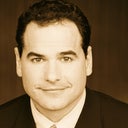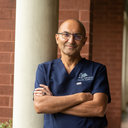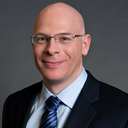Does the product being made from donor tissue increase the risk of infection after surgery?
Answers (14)
From board-certified doctors and trusted medical professionals
Dr. Jimmy S. Firouz, MD, FACS

Dr. Jimmy S. Firouz, MD, FACS
Board Certified Plastic Surgeon
Answer
Dr. Kenneth Bermudez, MD, FACS

Dr. Kenneth Bermudez, MD, FACS
Board Certified Plastic Surgeon
Answer
Dr. Richard Baxter, MD

Dr. Richard Baxter, MD
Board Certified Plastic Surgeon
Answer
Dr. Tanveer Janjua, MD

Dr. Tanveer Janjua, MD
Board Certified Facial Plastic Surgeon
Answer
Dr. Raj S. Ambay, MD

Dr. Raj S. Ambay, MD
Board Certified Plastic Surgeon
Answer
Dr. Daniel Shapiro, MD
Dr. Daniel Shapiro, MD
Board Certified Plastic Surgeon
Answer
Dr. Tom J. Pousti, MD
Dr. Tom J. Pousti, MD
Board Certified Plastic Surgeon
Answer
Dr. Mark Preston, MD
Dr. Mark Preston, MD
Board Certified Plastic Surgeon
Answer
More AlloDerm Questions
See all AlloDerm Q&AWE SEND PRETTY
EMAILS
What’s trending? Who’s turning heads? Which TikTok myths need busting? We’ve got you. No fluff, no gatekeeping—just real talk. Get our free, unfiltered newsletter.
